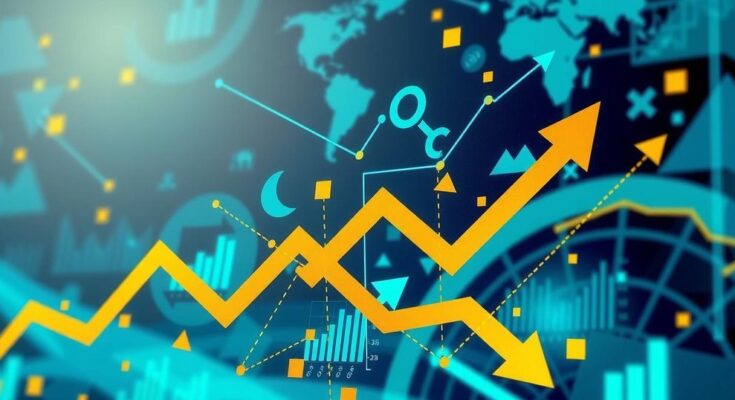Economists are perplexed by President Trump’s tariff formula, suggesting it is rooted in improper assumptions that inflate tariff rates for various countries. This formula, according to the Office of the United States Trade Representative, quantifies tariffs using the U.S. trade deficit with individual countries, divided by their exports and then halved. Additionally, Trump has enforced a baseline tariff of 10% on nearly every nation.
However, senior fellows Kevin Corinth and Stan Veuger from the American Enterprise Institute contend that the formula’s elasticity rate is misconstrued. They argue that the elasticity of import prices relative to tariffs is assumed at 0.25, whereas it should more accurately reflect about 1.0, specifically around 0.945. They point out that this calculation is misguided as it relies on retail price responses rather than the correct metric of import prices.
Trump’s tariffs span from 10% to 50%, impacting countries globally. If the elasticity assumptions in the formula were revised, it emerges that no country’s tariffs would surpass 14%, with the majority set at the established baseline of 10%. Take Lesotho, for example: while the tariff was initially reported as 50%, a corrected analysis indicates it should be only 13.2%.
Moreover, a recent report from the Cato Institute corroborates this criticism, indicating significant discrepancies in the tariff formula Trump employed. Their findings reveal that the trade-weighted average tariffs Trump cited are inflated compared to their actual levels; for example, the true trade-weighted average tariff on China was reported at 3%, contrasting sharply with Trump’s figure of 67%.
Economists take issue with President Trump’s tariff formula, asserting it relies on flawed assumptions that inflate tariff rates. They argue that the elasticity assumption should be higher, which would lower the expected tariffs significantly. A recent Cato Institute report supports this by highlighting discrepancies between reported and actual average tariff rates, notably concerning China.
In conclusion, economists critique President Trump’s tariff calculation formula for being fundamentally flawed, questioning the assumptions regarding elasticity rates. Adjusting these parameters could significantly alter the perceived economic impact on nations, notably reducing the maximum tariff rates. Additionally, the Cato Institute’s findings emphasize that the tariff rates presented by the Trump administration are often exaggerated, underlining the importance of accurate economic modelling in trade policies.
Original Source: www.cnbc.com



